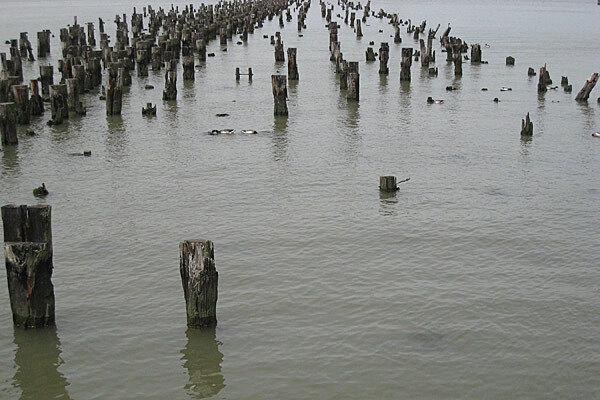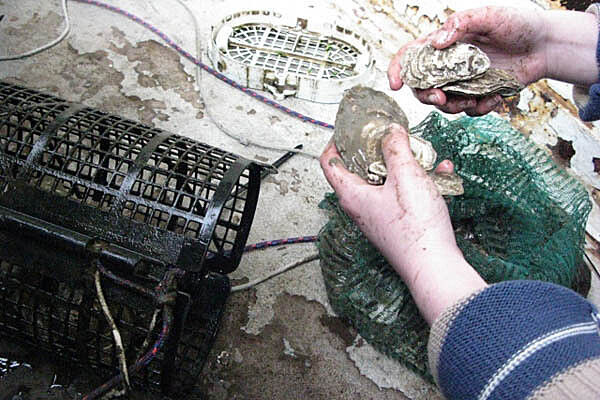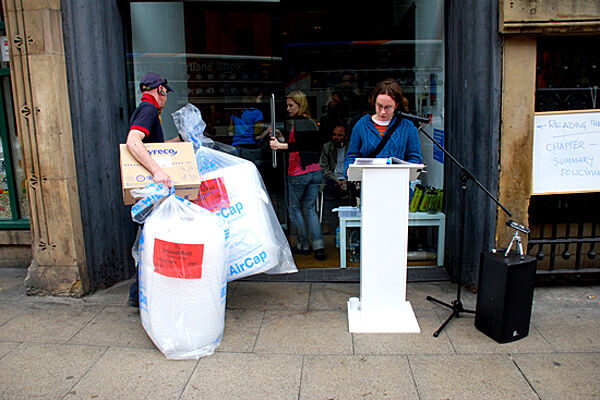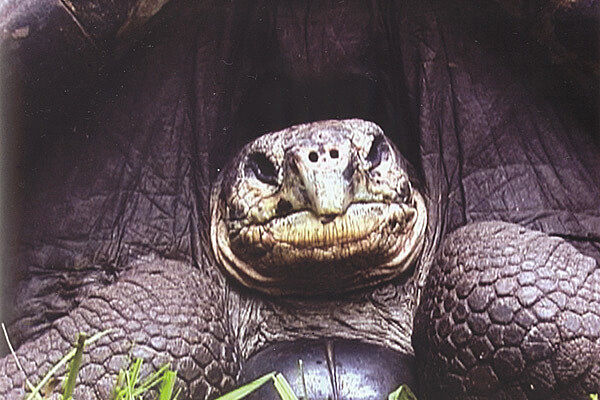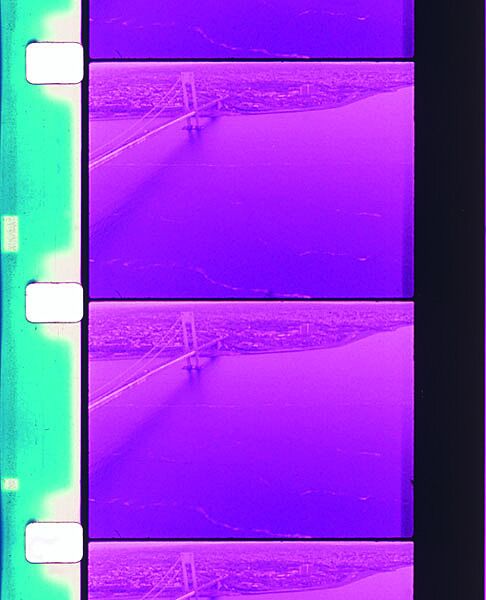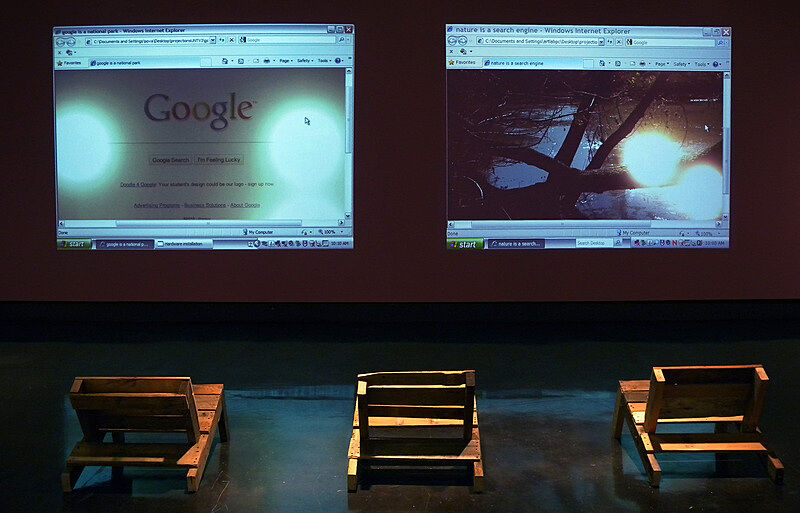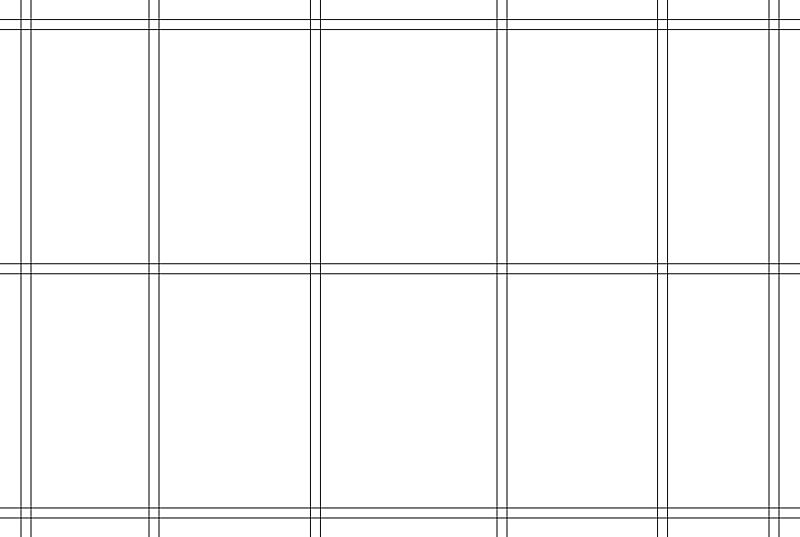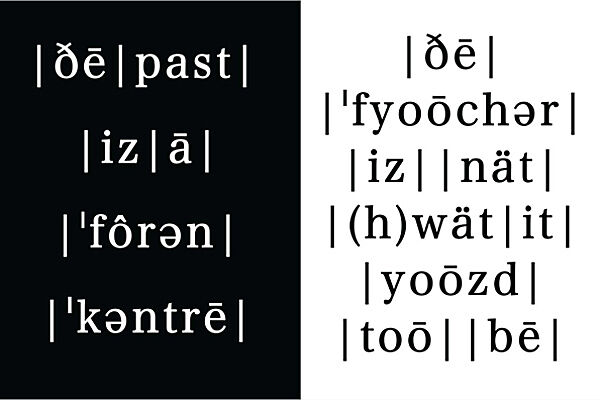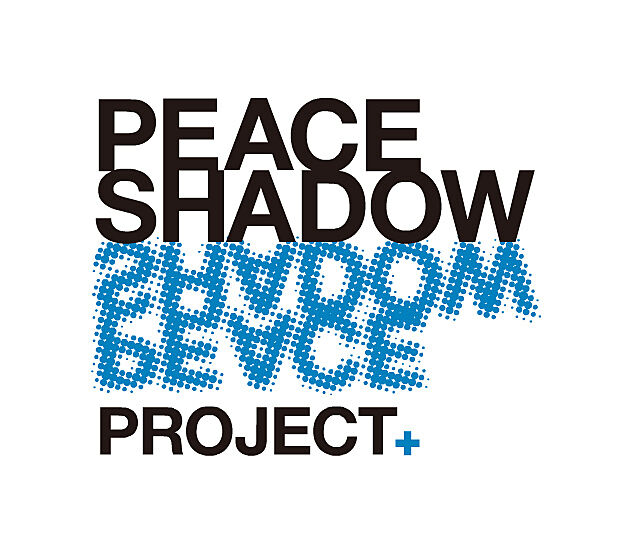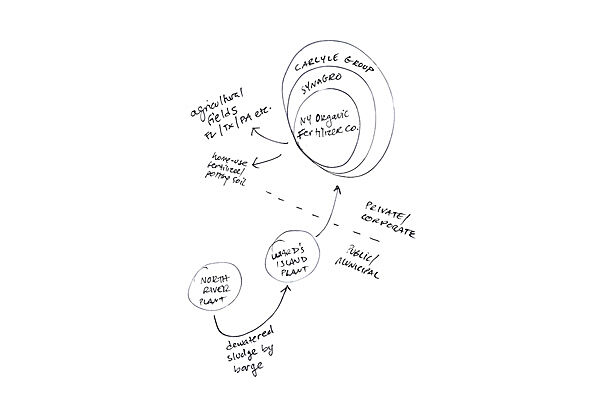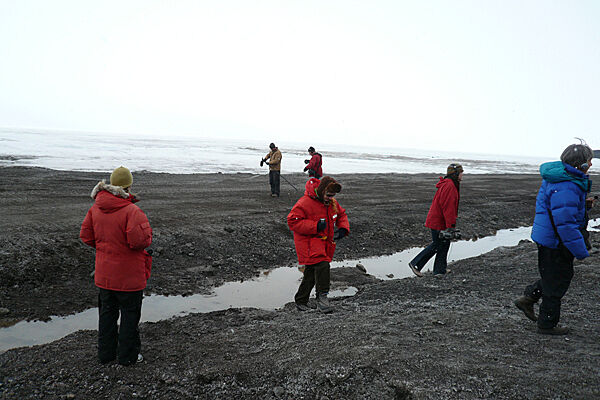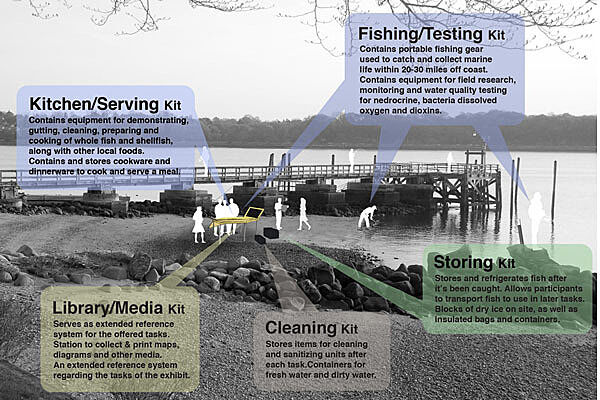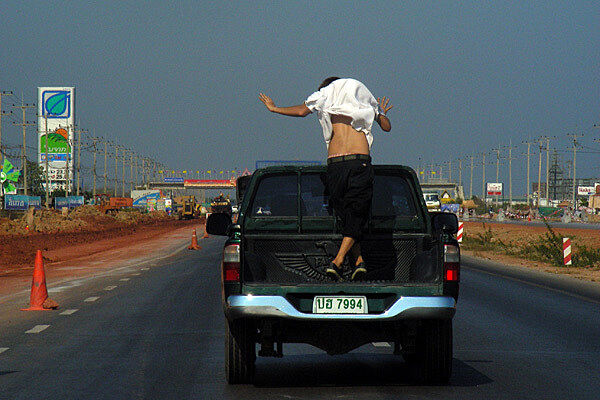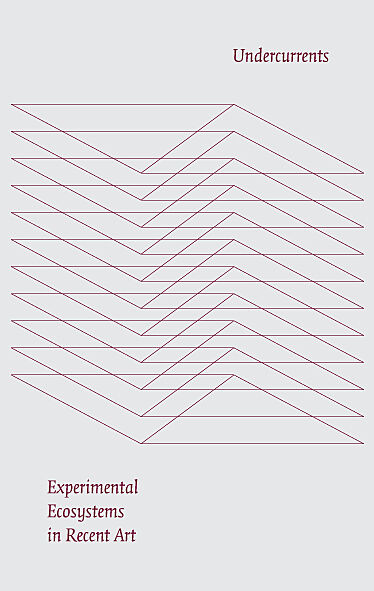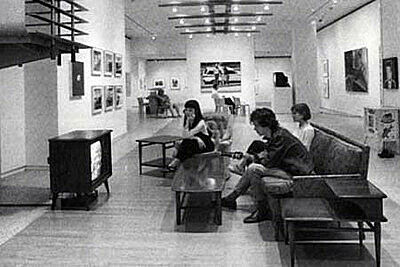Undercurrents: Experimental Ecosystems in Recent Art
May 27–June 19, 2010
Various locations
Ethical cohabitation—how to live together and how to be in the shared environment—is the problem that brings together the sociopolitical, cultural, and ecological within this exhibition. While ostensibly aiming to achieve harmonious balance, such relations are nevertheless inherently antagonistic and always unstable. In this context, how does one choose to act?
To address this question, we have traced out a network of physical sites along the west side of Manhattan to activate an expanded territory, both literally and figuratively. Specific project sites for the exhibition include The Kitchen, the High Line, the Little Red Lighthouse and the North River Wastewater Treatment Plant. This decentralized exhibition structure suggests multiple positions (geographical, historical, and physical) in which visitors may situate themselves. We provide the opportunity for artists and visitors to perceive and participate in these interrelationships within the urban environment.
Undercurrents is an experimental ecosystem in itself, opening up a collective platform for thought, the imagination, dialogue and action; the exhibition is a site to critically engage with the changes taking place in the entangled registers of the world around us. The range of artistic practices and issues presented produce surprising encounters, demonstrating how cohabitation is the source of struggle and creativity, problems and solutions, malice and beauty, and consists of the stage on which we all ultimately play a role.
Curated by Anik Fournier, Michelle Lim, Amanda Parmer and Robert Wuilfe Whitney Independent Study Program Curatorial Fellows, 2009–2010
Exhibition Partners
& Public Sites
Related publication
Please note
Undercurrents: Experimental Ecosystems in Current Art takes place at The Kitchen, the High Line, the Little Red Lighthouse and the North River Wastewater Treatment Plant (not the Whitney Museum of American Art). For more information about the sites, hours, and location, plese consult the calendar of events.
About the Whitney ISP Curatorial Program
The ISP provides a setting within which students pursuing art practice, curatorial work, art historical scholarship, and critical writing engage in ongoing discussions and debates that examine the historical, social, and intellectual conditions of artistic production.
The Peace Shadow Project
The Peace Shadow Project is a collaborative project by Japanese artist Tatsuo Miyajima and a group of young artists, designers, musicians and filmmakers who have come together to raise consciousness and support for a peaceful world without nuclear weapons. Add your signature to the Peace Shadow Project's online petition here.
Support for the Independent Study Program is provided by Margaret Morgan and Wesley Phoa, The Capital Group Charitable Foundation, The New York Community Trust, the Whitney Contemporaries through their annual Art Party benefit, and an anonymous donor.
Endowment support is provided by Joanne Leonhardt Cassullo, the Dorothea L. Leonhardt Fund of the Communities Foundation of Texas, the Dorothea L. Leonhardt Foundation, and the Helena Rubinstein Foundation.
Emily Roysdon’s performance/variable media art work was made possible, in part, by the Franklin Furnace Fund supported by stimulus funds from the New York State Council on the Arts, a state agency; the Lambent Foundation; and Jerome Foundation.
Special thanks to the Friends of the High Line.
Gina Badger's project partially funded by the MIT Council for the Arts
Technical support for Gina Badger's project provided by The River Project.
Use of The Little Red Lighthouse has been made possible by our project partner, The Historic House Trust of New York City/New York City Department of Parks & Recreation.

